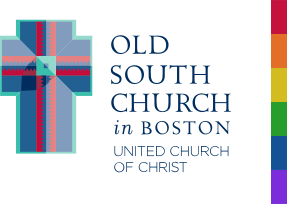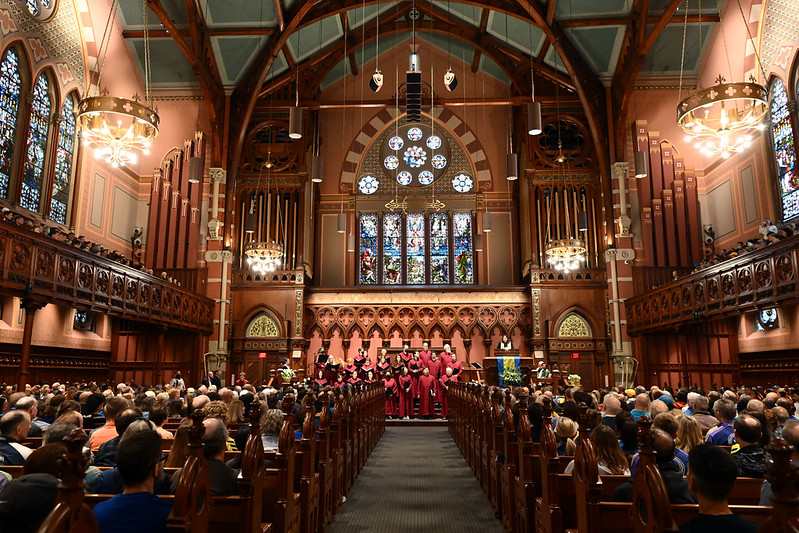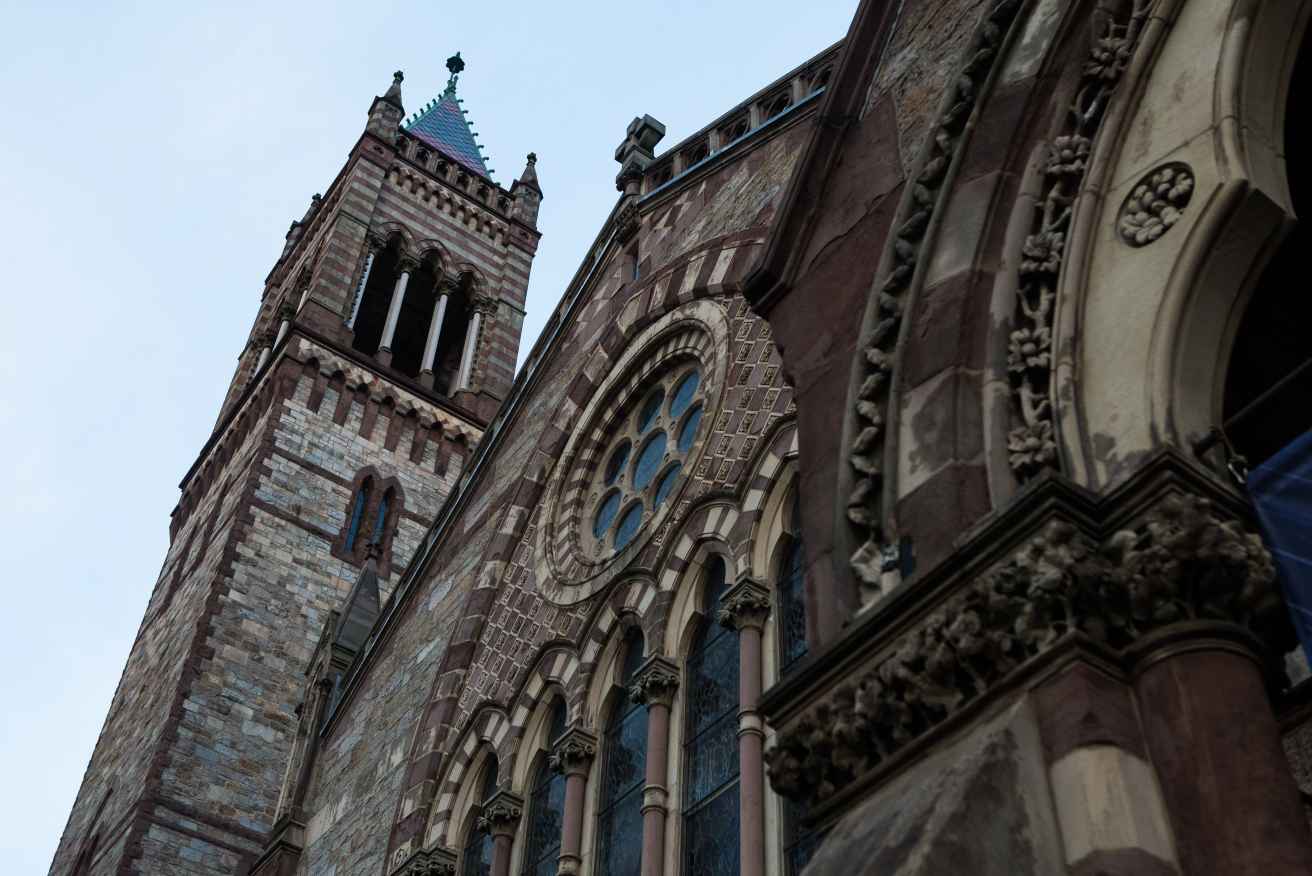We are now in the middle of the Lenten season. Some are food-fasting as part of their Lenten journey; some are on a ‘carbon diet.’ Others are volunteering at our ‘Day Shelter’ for the unhoused in the community; while still others are praying alongside our Lenten devotional booklet. Many are reading Sara Miles’ memoir, Take This Bread. Lent. 2015
But the question looms: where is all of this heading? What is the meaning of the death and resurrection of Jesus? Yet someone might ask: ‘but why is it even a question? He died to cancel out our sins. God sent him to make atonement; to substitute Jesus for our unrighteousness; a painful and bloody sacrifice that will save us now and for all eternity.’
The concept of ‘Substitutionary Atonement,’ however, was not part of the conversation in the Christian Church at least for the first 1000 years, and not one of the Gospels affirms that his death was an actual payment for our sins. The Eastern Orthodox Church, which broke away in the 11th Century, does not affirm it either.
The Theological Book Group here at Old South Church is dealing with these issues as we work our way through Marcus Borg’s book, Convictions: How I Learned What Matters Most. If you have not read the book, I highly commend it to you as a post-Easter educational challenge.
While I am sure there are a variety of views within our congregation on the meaning of Jesus’ death and resurrection, part of my task as Theologian in Residence is to raise issues that may be a bit new, or challenging, or even uncomfortable, in order to enlarge our thinking / believing, so that we might move toward a deeper level of understanding of our faith. But my perspective on the death and resurrection of Jesus, expressed in this Reflection, is one that I have come to affirm personally, helping me to better understand the nature of God’s love and justice.
Jesus came preaching the Kingdom of God; a Kingdom that was both here and now and also one that was coming. His teaching and actions modelled a different way of living. His message was not unlike that of the earlier prophets who reminded people of their departure from God’s justice; a ministry for which they were often exiled or killed. If you were the Roman Emperor, or part of the Empire’s hierarchy, or if you were a religious leader in cahoots with Rome in order to maintain your privileges, the teaching and ministry of this Galilean upstart did not bode well. You certainly cannot maintain an empire based on justice, equity and compassion.
The Gospels are full of accounts of the authorities watching Jesus closely even from the beginning of his ministry. He told his disciples what his future looked like. They did not believe him. But he continued that ministry to which God had called him: preaching the Kingdom of God. It came to a head in Holy Week. Professor Borg and many others suggest that two actions tipped the scales. The first action was his entry into Jerusalem in what we call Palm Sunday. It was a public act of defiance against Rome. The Kingdom of God would not be a kingdom of war, violence, conquest and subjugation of people. The second action was the cleansing of the Temple where money changers were robbing those who came to worship. Taking advantage of the poor was not the way of the Kingdom either. His public ministry had now reached its conclusion. Judas stepped forward to do his work.
For me, the death of Jesus by crucifixion, the most painful and violent form of execution, was inevitable. He was a serious challenge to the imperial and brutal policies of the Empire even as he and we challenge imperial policies operative in our world today. He did not ‘die for our sins.’ He died because he proclaimed the Kingdom of God and Rome sought to silence him.
Further, you and I, if we are to follow, need to understand that to be part of the Jesus movement means to change how we see ourselves and our world. We need to be transformed in order to see things through the lens Jesus provides. Forgiveness for our failings is part of it and comes from a loving God, not one who demands payment for what we have done. As we move into transformation. Borg says it well as he uses the motif of ‘dying and rising’:
The archetype of dying and rising speaks of a transformation so radical that it is like death and resurrection – dying to an old way of being and being raised, reborn, into a new way of being. So it is in the gospels: following Jesus on his way, his path, meant not only following him to Jerusalem and confrontation with the authorities. It also meant following him on the way of death and resurrection as a path of personal transformation. (p. 145)
This brief account on such a large and important theme only touches the surface. But the outlines seem clear to me: God did not send Jesus to die but to proclaim the Kingdom. It is not the wrath of God that was in play, but the brutal power of those who would deny people the justice, mercy and compassion that God’s Kingdom requires. ‘Christ Crucified’ transforms us in order that we might both proclaim and live the Gospel. As we follow Jesus, we have the promise of his companion presence for the journey.
In the midst of our Easter celebrations as we stand and sing the familiar hymn ‘Christ the Lord is Risen Today,’ accompanied by choir, timpani and brass, I will also be quietly singing another familiar hymn:
I have decided to follow Jesus,
I have decided to follow Jesus,
I have decided to follow Jesus,
No turning back, no turning back.
One version of another line of that hymn begins:
Will you come with me to follow Jesus? ...
will you? ... do you dare?







